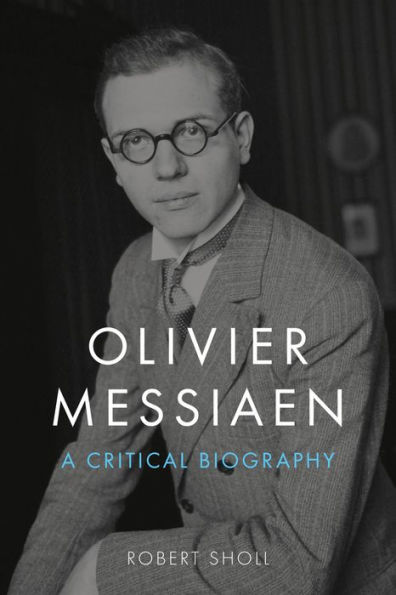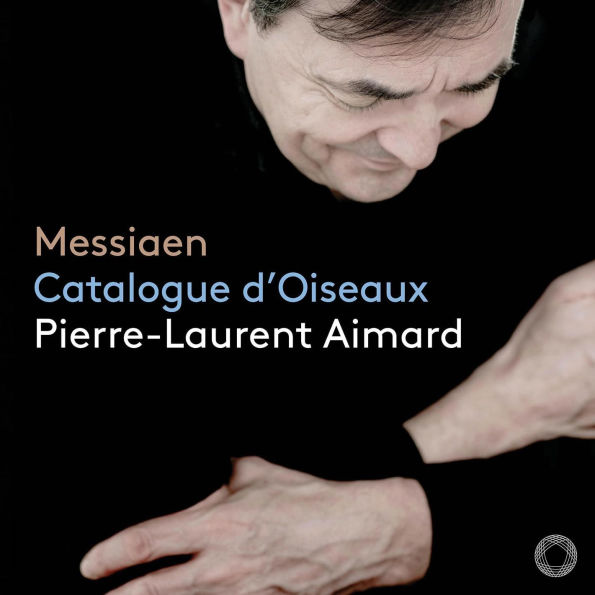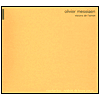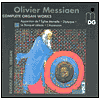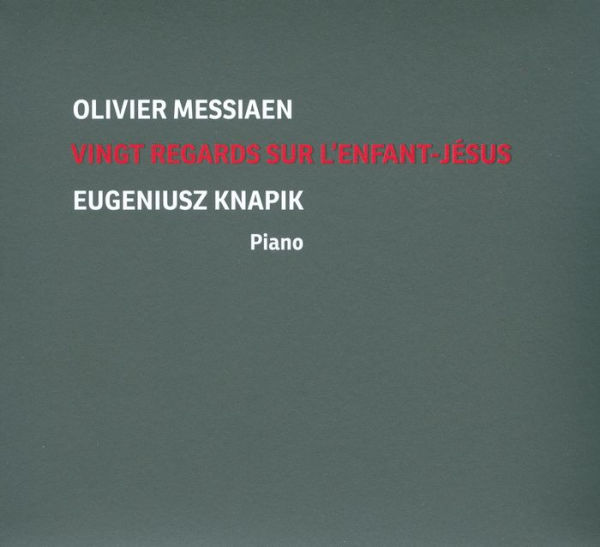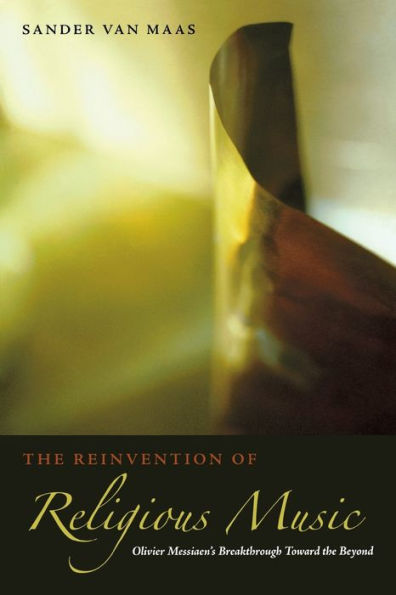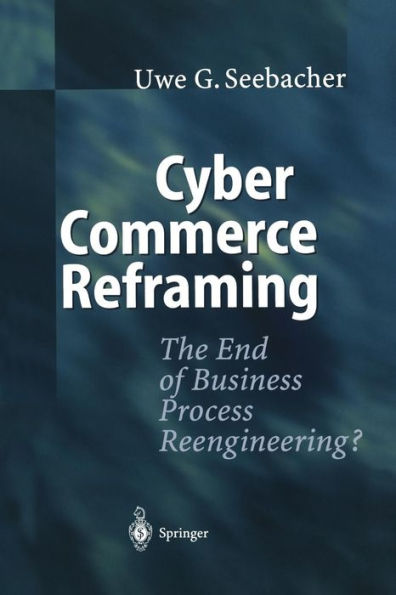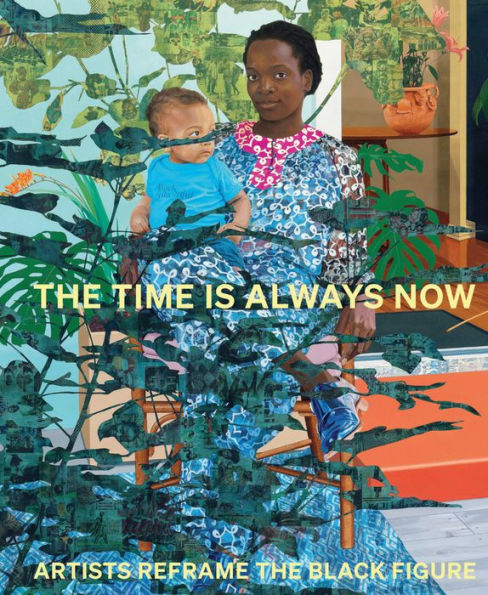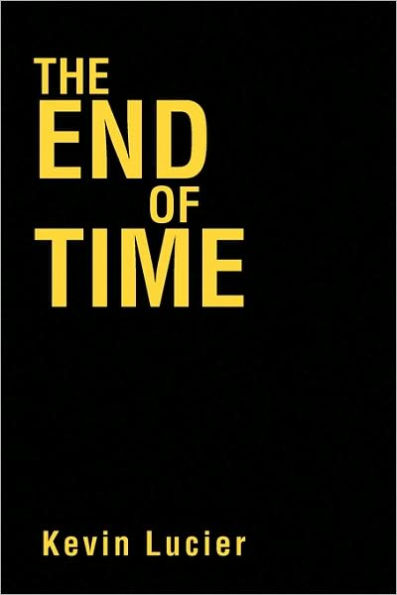Home
Akoka: Reframing Olivier Messiaen's Quartet for the End of Time
Barnes and Noble
Akoka: Reframing Olivier Messiaen's Quartet for the End of Time
Current price: $23.99
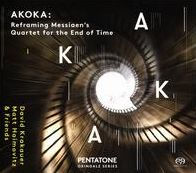

Barnes and Noble
Akoka: Reframing Olivier Messiaen's Quartet for the End of Time
Current price: $23.99
Size: OS
Loading Inventory...
*Product information may vary - to confirm product availability, pricing, shipping and return information please contact Barnes and Noble
Here, the graphics inform, is a "reframing" of
Olivier Messiaen
's
Quartet for the End of Time
, the majuscule not being sufficiently hip for the concept. How is it usually "framed?" By, according to cellist
Matt Haimovitz
, "the confines of a normal chamber music performance," although the work's first performance, in a German prisoner-of-war camp, was anything but normal. The honoree designated by the title was clarinetist
Henri Akoka
, the original performer of the work's clarinet part. He was an Algerian-born Jew who seemed to be in mortal danger even as
Messiaen
himself was being released, but survived by leaping from a train with his clarinet and making his way to occupied Marseille.
Akoka
is apparently the subject of the program's stated aim of bringing out "the human aspect of this composition seen through the eyes of one individual caught up in terrifying events beyond his control." Deployed in support of this aim are a prelude,
, by clarinetist
David Krakauer
, in a sort of extended klezmer language, and a postlude, the electronic collage by hip-hop artist
socalled
, which samples the quartet itself and adds beats, bits of radio broadcasts, and Jewish singing. In between these works are the eight movements of the
itself, electronically amplified. There is nothing wrong with these ideas in themselves, and the obvious analogues between hip-hip and concert-music collage techniques remain to be fully explored. ~ James Manheim
Olivier Messiaen
's
Quartet for the End of Time
, the majuscule not being sufficiently hip for the concept. How is it usually "framed?" By, according to cellist
Matt Haimovitz
, "the confines of a normal chamber music performance," although the work's first performance, in a German prisoner-of-war camp, was anything but normal. The honoree designated by the title was clarinetist
Henri Akoka
, the original performer of the work's clarinet part. He was an Algerian-born Jew who seemed to be in mortal danger even as
Messiaen
himself was being released, but survived by leaping from a train with his clarinet and making his way to occupied Marseille.
Akoka
is apparently the subject of the program's stated aim of bringing out "the human aspect of this composition seen through the eyes of one individual caught up in terrifying events beyond his control." Deployed in support of this aim are a prelude,
, by clarinetist
David Krakauer
, in a sort of extended klezmer language, and a postlude, the electronic collage by hip-hop artist
socalled
, which samples the quartet itself and adds beats, bits of radio broadcasts, and Jewish singing. In between these works are the eight movements of the
itself, electronically amplified. There is nothing wrong with these ideas in themselves, and the obvious analogues between hip-hip and concert-music collage techniques remain to be fully explored. ~ James Manheim
